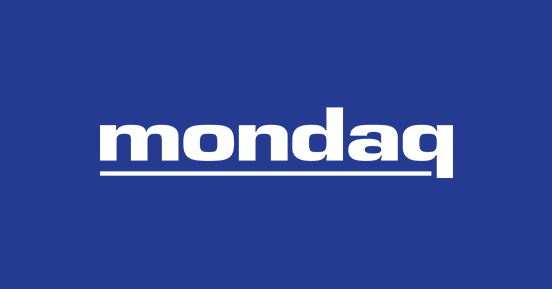To print this article, all you need is to be registered or login on Mondaq.com.
German insurers have historically been conservative investors
that are highly exposed to fixed-income investments. Until
recently, low interest rates motivated insurers to increase
allocations to private markets and other higher return strategies.
However, this low interest rate environment no longer exists.
Given their high exposure to fixed-interest-bearing securities,
as interest rates rose, German insurers saw a decrease in the
market value of their capital investments. Allianz and Munich Re,
for example, saw a decrease of 18% and 11% respectively in the
value of their financial assets from CY21 to CY22. As valuations
for private funds did not experience the same adjustment, insurers
became overweight on private assets. The denominator effect paired
with the newfound attractiveness of traditional fixed income, has
led to a slowdown in commitments to private funds.
As GPs look to raise capital from German insurers in this more
challenging environment, it is beneficial to firstly understand the
key types of investors, their different needs and how these can be
addressed during the marketing process.
German insurance investors are often referred to by the name of
the key regulation that impacts them. Broadly, insurers are either
Solvency II or AnIV (Anlageverordnung) investors. In
theory, Solvency II applies to large insurance companies and AnlV
to “small” insurers. However, this can be deceiving.
Although most insurers are, due to their size, caught under
Solvency II, the investment restrictions imposed by the AnIV
investment regulation remain a key feature of the German insurance
market. This is driven not by small insurers, but by large Solvency
II insurers that either operate pension
schemes1 or voluntarily comply with the
AnIV Investment Regulation (e.g. larger insurance group companies
that may have smaller insurance companies within their group). In
practice, a large proportion of German insurance investors are
impacted by AnlV regulations.
Key consideration for Solvency II investors
- Solvency II investors are not restricted by quantitative limits
on asset classes, instead investors must maintain regulatory
capital reserves which are proportionate to their investment risk.
A key aspect to determine the “capital charge” of an
investment is to calculate the Solvency Capital Requirement
(SCR). - In general, the SCR rules are meant to favour lower risk
investments that minimise the SCR. However, allocators also
consider the SCR efficiency of their investments i.e. how much
return an investment gets per solvency capital required. GPs can
facilitate the investment decision by providing indicative SCR
calculations including the product’s SCR efficiency. - The SCR calculation for private debt loans is mostly determined
by their duration and rating. For private debt managers, providing
accurate calculations of duration is the best way to reduce the
capital charge associated with their products. If a rating of BBB
or above is achievable, ratings can also be helpful.
Key considerations for AnlV investors
- Unlike Solvency II, AnlV investors are restricted in their
asset allocation based on eligibility criteria and quotas. These
quotas limit the percentage an investor can allocate to certain
asset classes – private equity, for example, cannot exceed
15% of the insurer’s guarantee assets. - Private debt investments can be impacted by different quotas
depending on how the investment is classified. This is relevant as
it can give GPs access to different and potentially larger pools of
capital. GPs must identify which quota their product falls under
and how much headroom prospective LPs have in that quota. Adapting
side letters and fund structures may be possible to find a better
fit between the GP’s product and the insurer’s quota
allocation. Rated note feeders are often mentioned in this context.
However, GPs should avoid pre-emptive structuring as these are
often expensive structures and may not be required. - For private funds, the eligibility criteria that is most often
a challenge is that any units / shares in closed-ended investment
funds must be freely transferable. However, this can typically be
achieved through a side letter.
Additionally, both Solvency II and AnlV investors may invest
through Spezialfonds, which are investment vehicles that
allow investors to detach capital investments from their balance
sheets. For an asset to be “eligible” for
Spezialfonds it must be considered a
security2. This classification has
implications on the investor’s tax exemption status, therefore,
when marketing to these investors, an eligibility memo prepared by
German counsel can be helpful.
Please click here to view the full article.
The content of this article is intended to provide a general
guide to the subject matter. Specialist advice should be sought
about your specific circumstances.
POPULAR ARTICLES ON: Insurance from Germany



